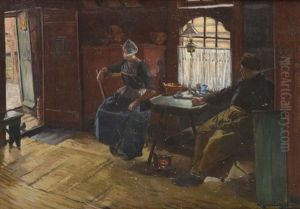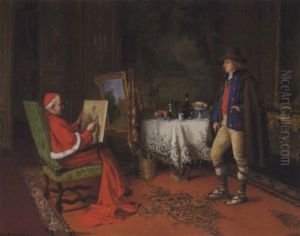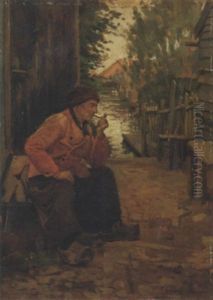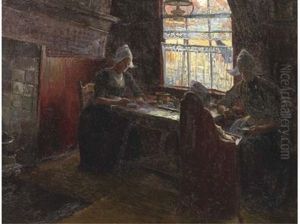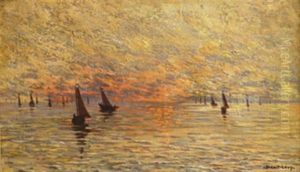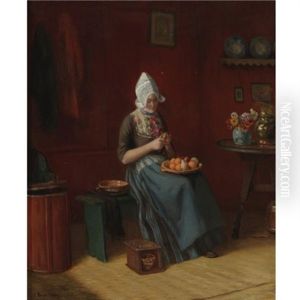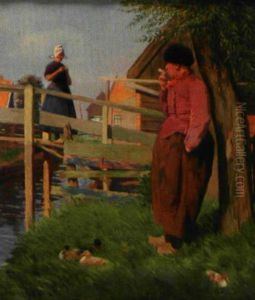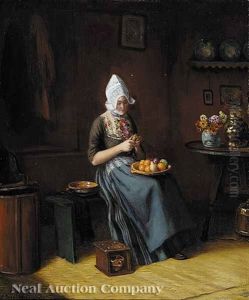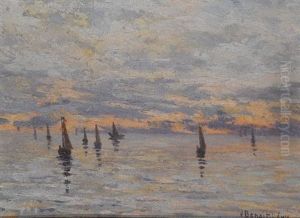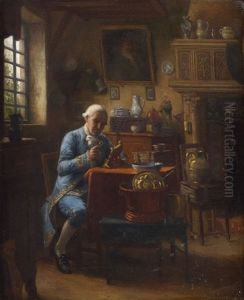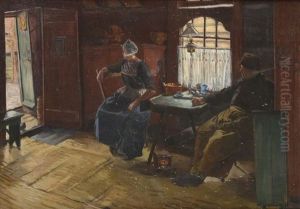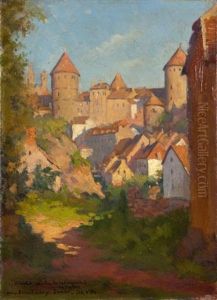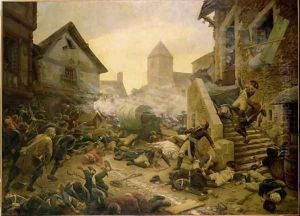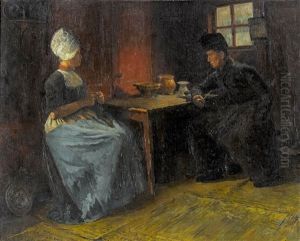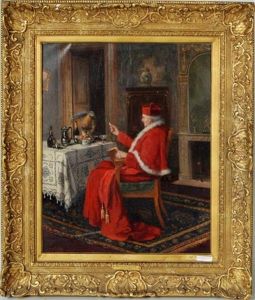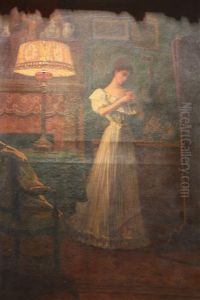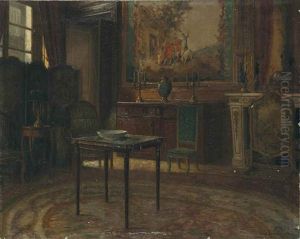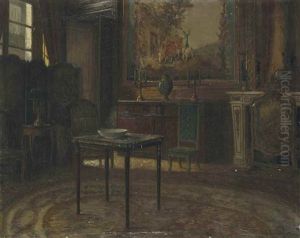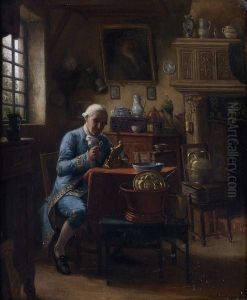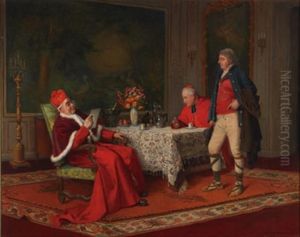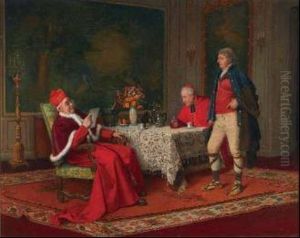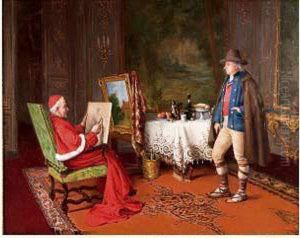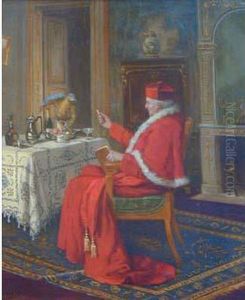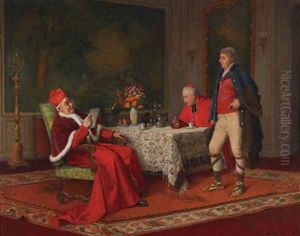Jules Benoit-Levy Paintings
Jules Benoit-Levy was a French artist born on September 18, 1866, in Paris, France. He was primarily known for his work as a painter, illustrator, and lithographer. Benoit-Levy's artistic journey began at a young age, under the guidance of his father, Lucien Levy, a well-known lithographer who fostered his early interest in the arts. He further honed his skills at the École des Beaux-Arts in Paris, where he studied under influential teachers such as Gustave Boulanger and Jules Lefebvre.
Benoit-Levy's work is often characterized by its attention to detail, nuanced use of color, and a fascination with capturing the essence of his subjects. Throughout his career, he engaged with various genres, including portraiture, genre scenes, and landscapes. His style reflected the academic traditions of the time, combined with a personal sensitivity to the world around him. His illustrations and lithographs were also highly regarded, and he contributed to popular journals of the day, such as 'Le Rire' and 'L'Assiette au Beurre', showcasing his versatility and ability to engage with contemporary culture.
In addition to his work on canvas and paper, Benoit-Levy was also known to be involved with the Parisian theater scene. He designed sets and costumes for plays, which allowed him to explore the relationship between visual art and performance, a dynamic that often influenced his approach to composition and narrative in his standalone artworks.
Despite the quality and breadth of his work, Jules Benoit-Levy did not achieve the same level of fame as some of his contemporaries. His devotion to the academic style at a time when the art world was rapidly changing, with the rise of movements like Impressionism and Post-Impressionism, meant that his work was somewhat out of step with the avant-garde trends that captured the public's imagination and critical acclaim.
Jules Benoit-Levy's life was cut short when he passed away on February 23, 1925, in Paris. Although not as widely recognized today, his contributions to the art world during his lifetime were significant, and his works still offer a glimpse into the rich tapestry of French art at the turn of the 20th century.
